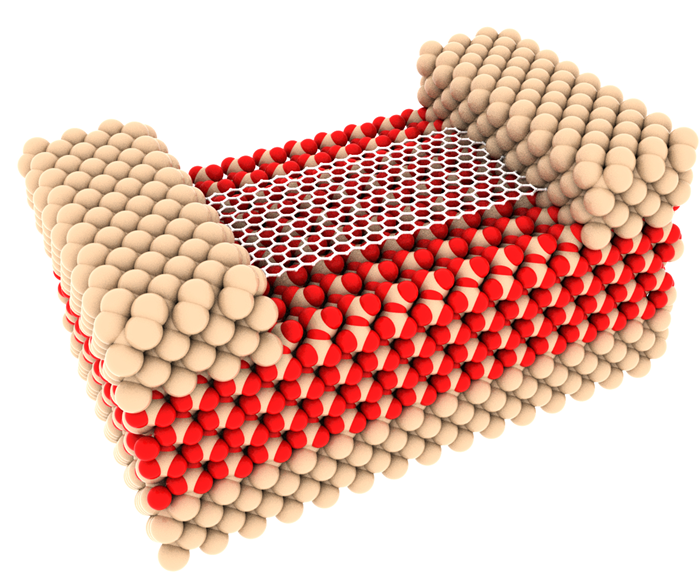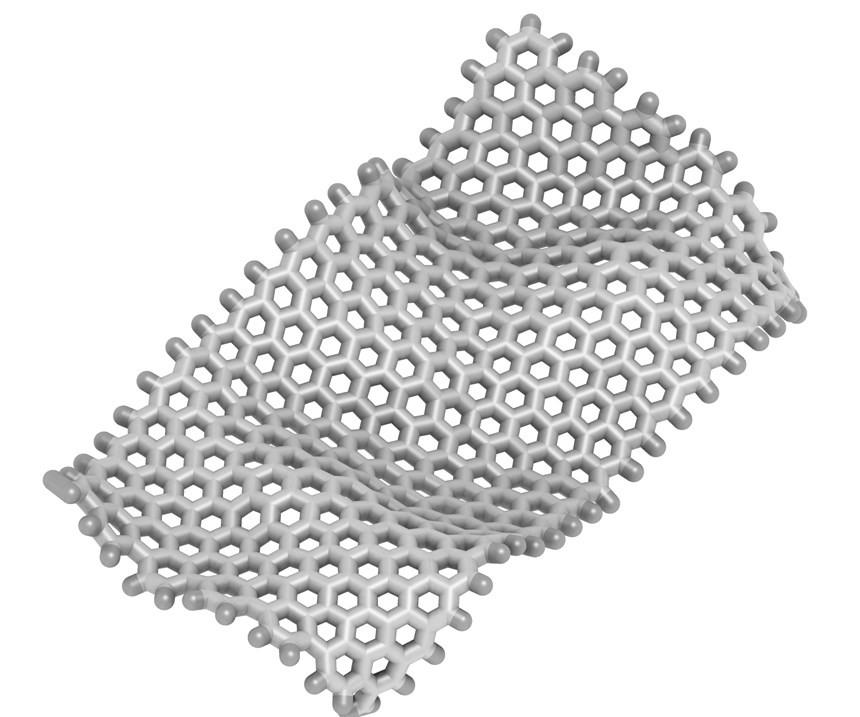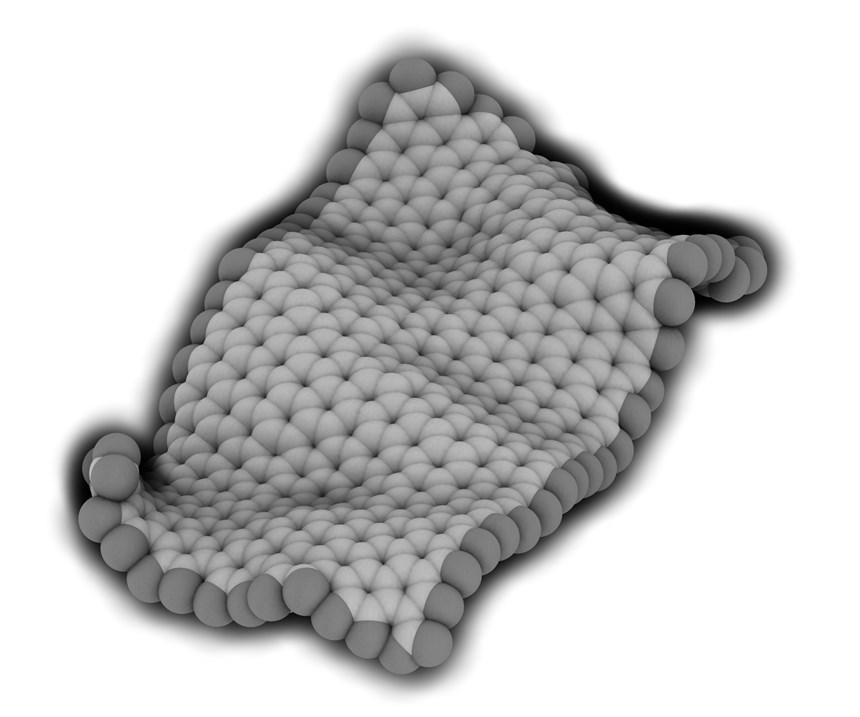Graphene sensor under development by research consortium
The Graphosite project, awarded funding by Innovate UK, is developing a high-sensitivity graphene sensor to detect defects in composite materials.
A research consortium has been awarded funding by Innovate UK for the Graphosite project, aimed at creating a graphene sensor that will be able to detect defects in composite materials during both the manufacturing process and the normal service life of a component. The consortium consists of ADVISE-DETA, Haydale, Cambridge Nanomaterials Technology Ltd, DZP Technologies, Brunel University London (through the Brunel Composites Innovation Centre) and TWI Ltd has won funding from Innovate UK for its Graphosite project. The project began in late 2018 and will finish in January 2021.
According to TWI, the most common defect during the manufacturing process of composite materials is porosity, which can be critical as it can cause mechanical performance issues such as inter-laminar shear stress. In-service damage is mainly caused by impact, resulting in internal delamination. Sandwich structures can also suffer from delamination in the skins when impacted, as well as matrix cracking. Core crushing occurs where impact energy is absorbed by the core, which distorts and folds. It may then return to its original shape but will have reduced compressive strength as a result.
The Graphosite project is designed to respond to the need for enhanced defect detection techniques in composites, driven by the increased use of composites in the aviation, automotive and marine industries, and in civil structures. The most commonly used non-destructive techniques for composites, TWI says, are ultrasonic inspection, creation of a 2D C-scan map showing delamination or defects; strain gauges; and the coin tap test that indicates damage to an element due to stiffness change.
The graphene sensor under development is intended to address limits in traditional measurement, such as only being able to measure the defect in one direction, and detecting failure only when the part is placed on the particular surface of interest. The main characteristics of the new sensor are said to be increased sensitivity and high flexibility due to the presence of graphene.
“Graphene is a material that has received increasing attention during the last few years due to its interesting properties,” says Sofia Sampethai, project leader for TWI. “Graphosite is an amazing opportunity to develop a sensor that will target the detection limit in composites manufacturing, and this will be achieved by using graphene as the sensing element. The project’s ultimate goal is to produce a sensor with a substantially better gauge factor for the market than the existing strain gauges which are currently available.”
Related Content
-
Plant tour: BeSpline/Addcomp, Sherbrooke, QC, Canada
Composites automation specialist increases access to next-gen technologies, including novel AFP systems and unique 3D parts using adaptive molds.
-
Carbon fiber, bionic design achieve peak performance in race-ready production vehicle
Porsche worked with Action Composites to design and manufacture an innovative carbon fiber safety cage option to lightweight one of its series race vehicles, built in a one-shot compression molding process.
-
Nine factors to consider when designing composites cure tooling
Gary Bond discusses the common pitfalls and compromises when designing good cure tooling and their holistic significance for a robust composite production process.

.jpg;width=70;height=70;mode=crop)







.jpg;maxWidth=300;quality=90)






